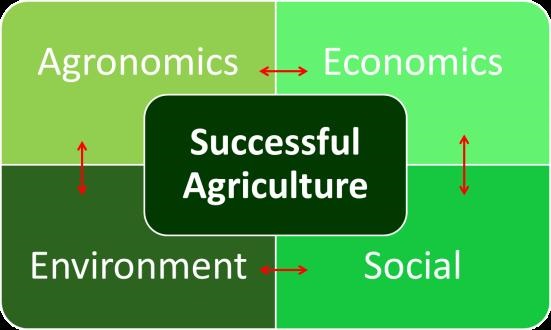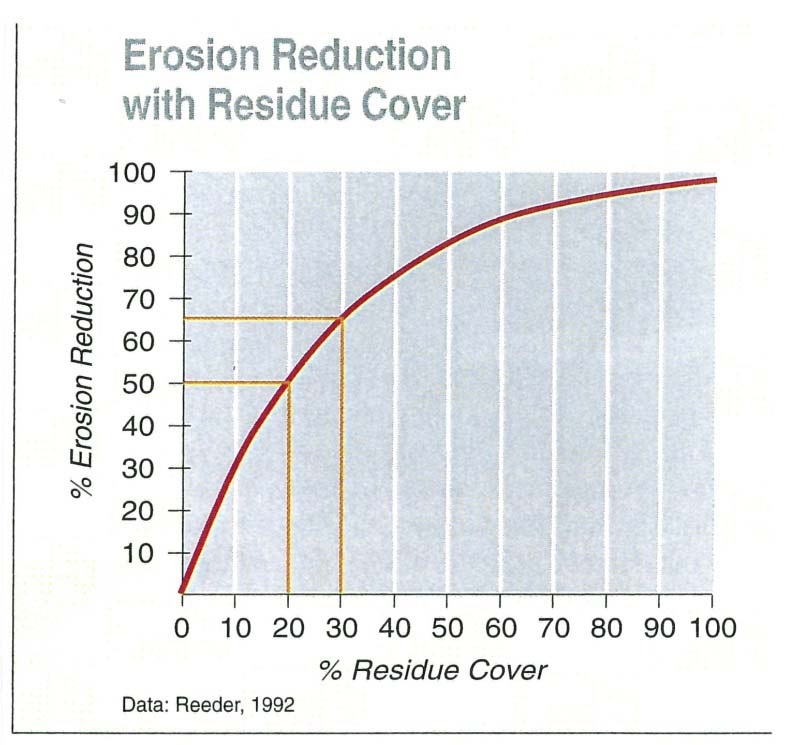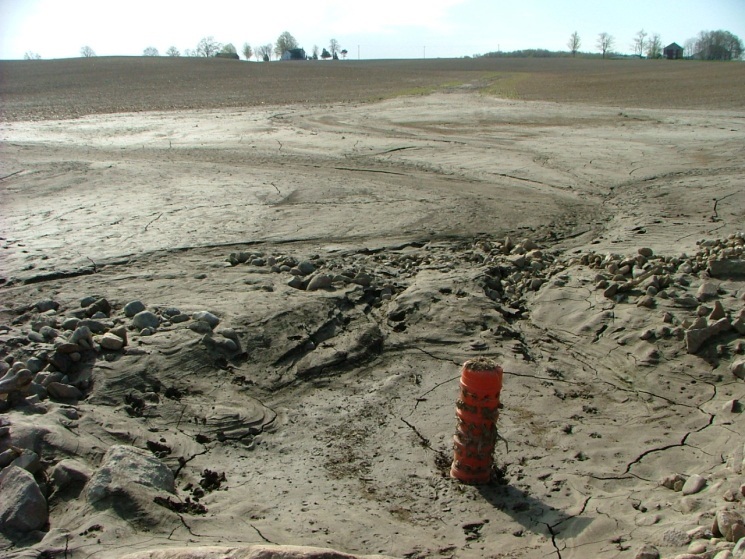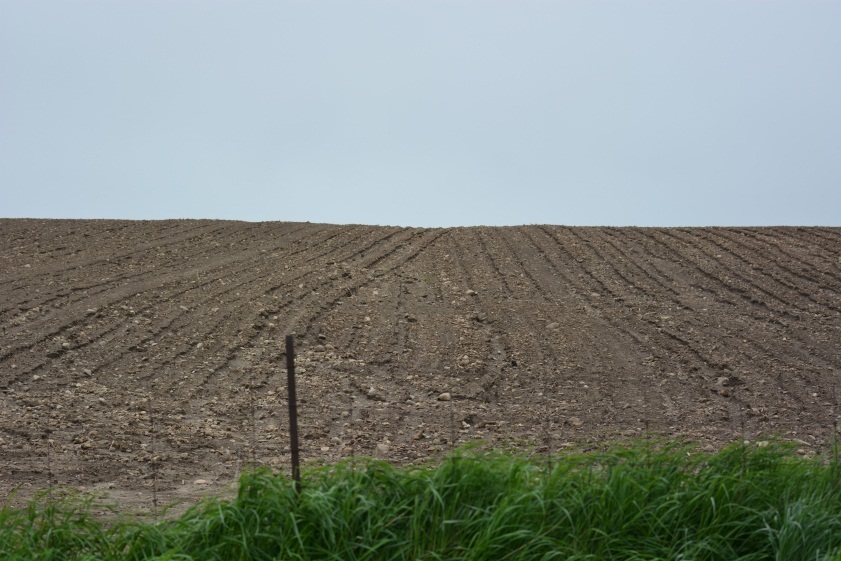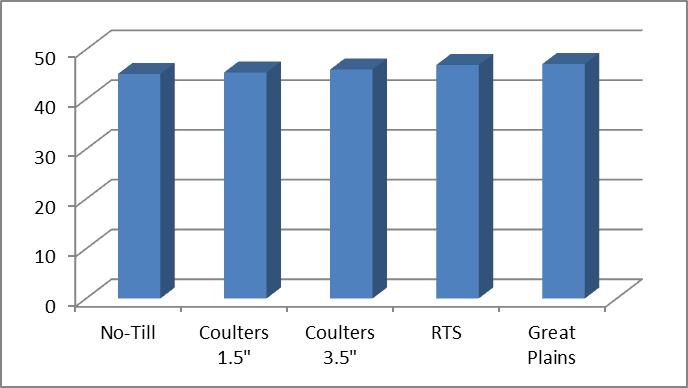Ways to define agricultural sustainability
Learn about agricultural sustainability and the interrelationship between agronomic, economic, environmental and social factors that result in a "successful agriculture".
The word "sustainability" is one of those overused words that have many different meanings, depending on who you are or what you are trying to represent. Environmentalists use it, big business uses it, and the person on the street uses it. But what does sustainability really mean and why does it matter how it is defined? Sustainability is the noun form of the adjective sustainable. The online Merrim-Websters dictionary defines "sustainable" as 1 : capable of being sustained, 2.a : of, relating to, or being a method of harvesting or using a resource so that the resource is not depleted or permanently damaged <sustainable techniques> <sustainable agriculture> and 2.b: of or relating to a lifestyle involving the use of sustainable methods <sustainable society>.
Agricultural sustainability
My definition of agricultural sustainability involves the interrelationship between agronomic, economic, environmental and social factors that result in a "successful agriculture". (Figure 1) All of the factors work together in an ever changing dynamic relationship. Although success may sometimes appear without balance between these factors, this success is likely superficial with longer term implications.
If you ask any farmer how things are in agriculture today, they will likely say, "best ever", or something to that effect. They point to strong crop prices, increasing yields, new equipment and technology, and increasing land values as some of the factors driving the "Agronomic and Economics" components of "Successful Agriculture".
But what about the other components of Successful Agriculture? Are we overlooking the environmental and social impacts of our present path?
Environmental sustainability
As I drove around rural Ontario this spring working with farmers on field research projects, I saw a lot of countryside. It was easy to notice the larger fields and huge equipment on the fields and roads. But more subtly, there is also a significant increase in the amount of tillage. In parts of western Ontario, it was hard to find untilled or minimum tilled fields being planted into corn and soybeans and which had little if any residue. This is a concern because residues provide significant reductions in soil erosion potential (Figure 2).
Great PlainsTurbo-Till only used in 2006–07 (3 trials), Coulters attached to JD 1560 no-till drill) Bohner, 2013, (45 trials from 2003–2007).
Social sustainability
What are our responsibilities as private landowners and tenants? We have care and control of land that is an important resource, but also impacts and potentially benefits all of society. How do we share the roads, water, and air that we all use?
Businesses and organizations along the value chain are developing programs that producers must meet if they want to be clients and sell their products. The horticulture and livestock sectors are already facing this with programs such as HAACP. These are essentially "social licenses"! Some of these programs are quite onerous. Worse yet, what if our buyers all have different and conflicting requirements? Primary agriculture producers and related businesses represent less and less of the population. We will need to continue to address the social component of "successful agriculture".
I recently talked to Dr. Ralph Martin, University of Guelph Loblaw Chair in Sustainable Food Production, and Dr. Terry Daynard, a well-known farmer, writer, and agricultural advocate. They both take holistic approaches to "sustainability" and look to all the components in the success mix. They are developing networks of people and organizations across the agriculture value chains to create resilient sustainability platforms for agriculture. Both feel that without agriculture defining "sustainability" for ourselves, someone else is going to do it for us, and we are unlikely to be satisfied with the outcome. Our actions on sustainability have to be as clear as our words.
Food for thought with all that extra free time you have in the tractor seat when you engage the auto-steer on these ever increasing fields sizes.
